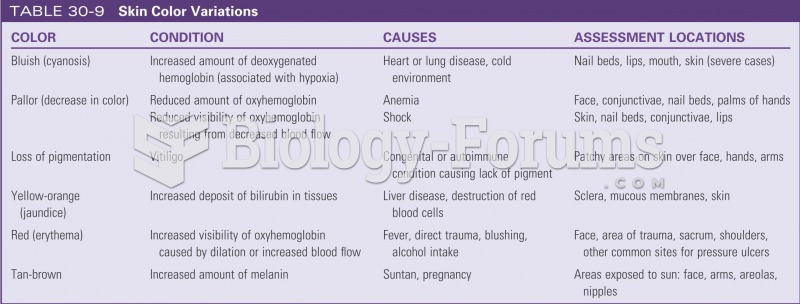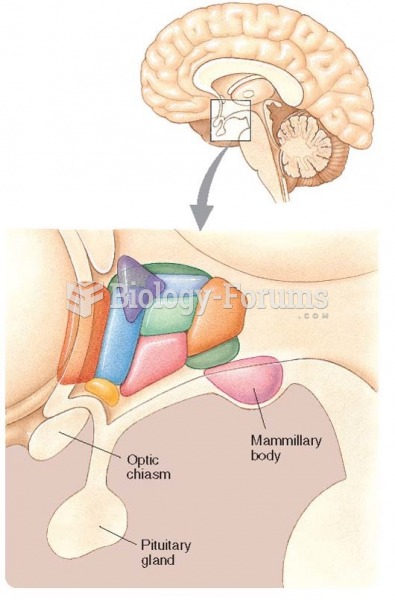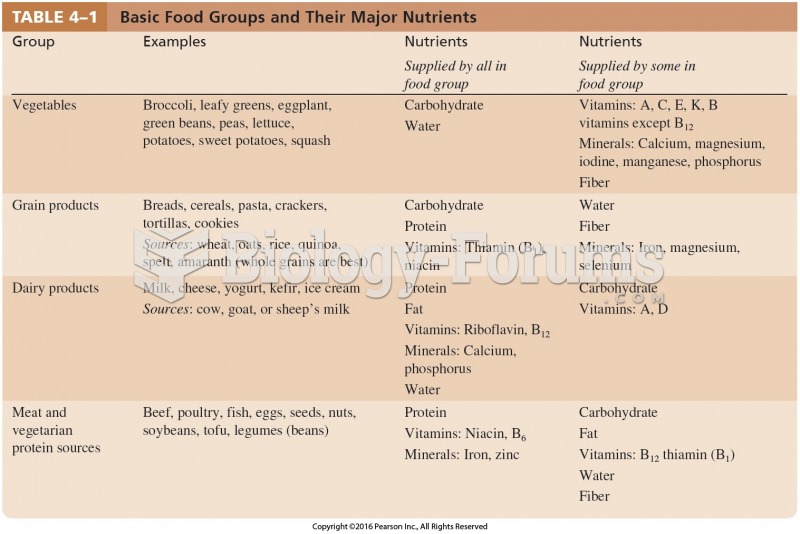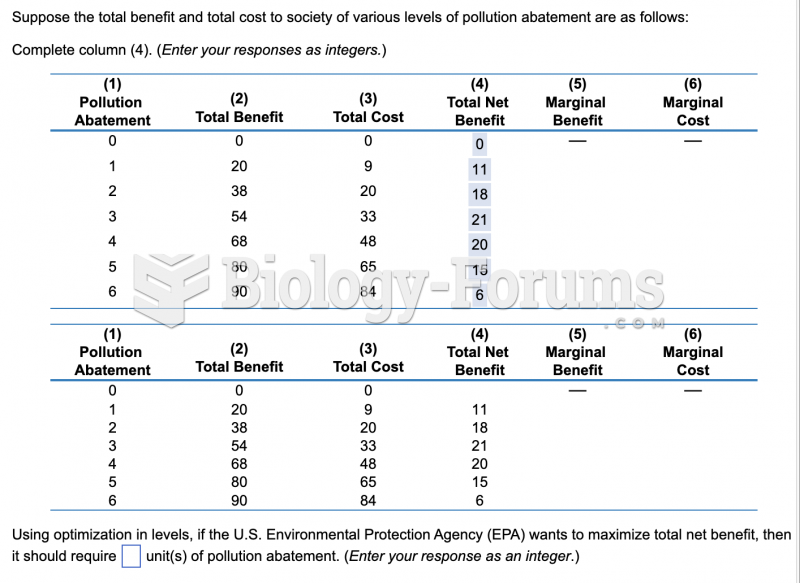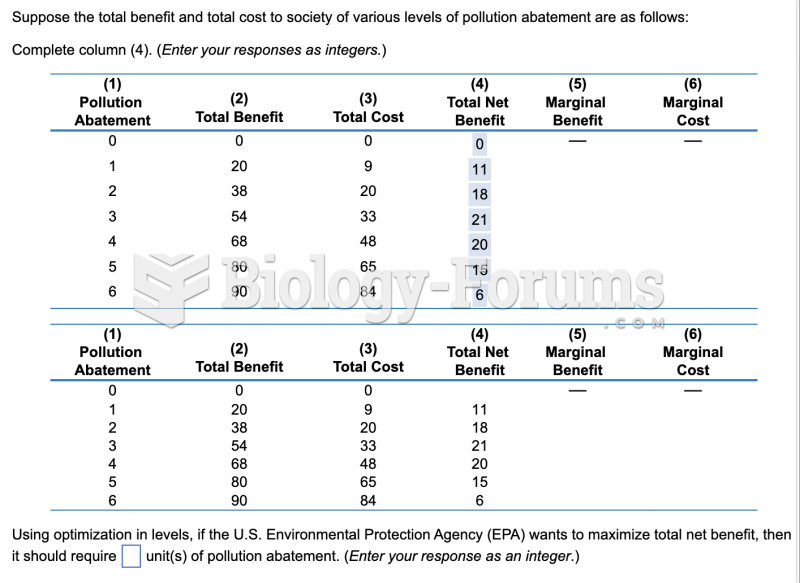Answer to Question 1
The four possible elements of a promotion mix are advertising, personal selling, public relations, and sales promotion.
Advertising is a paid nonpersonal communication about an organization and its products transmitted to a target audience through mass media, including television, radio, the Internet, newspapers, magazines, video games, direct mail, outdoor displays, and signs on mass transit vehicles.
Personal selling is a paid personal communication that seeks to inform customers and persuade them to purchase products in an exchange situation. The term purchase products is interpreted broadly to encompass acceptance of ideas and issues. Personal selling is most extensively used in the business-to-business market.
Public relations is a broad set of communication efforts used to create and maintain favorable relationships between an organization and its stakeholders. Maintaining a positive relationship with one or more stakeholders can affect a firm's current sales and profits, as well as its long-term survival.
Sales promotion is an activity or material that acts as a direct inducement, offering added value or incentive for the product to resellers, salespeople, or consumers.
Answer to Question 2
Demand for many products varies from one month to another because of such factors as climate, holidays, and seasons. A business, however, cannot operate at peak efficiency when sales fluctuate rapidly. Changes in sales volume translate into changes in production, inventory levels, personnel needs, and financial resources. When promotional techniques reduce fluctuations by generating sales during slow periods, a firm can use its resources more efficiently. Promotional techniques are often designed to stimulate sales during sales slumps. During peak periods, a marketer may refrain from advertising to prevent stimulating sales to the point at which the firm cannot handle all of the demand. On occasion, a company advertises that customers can be better served by coming in on certain days.


